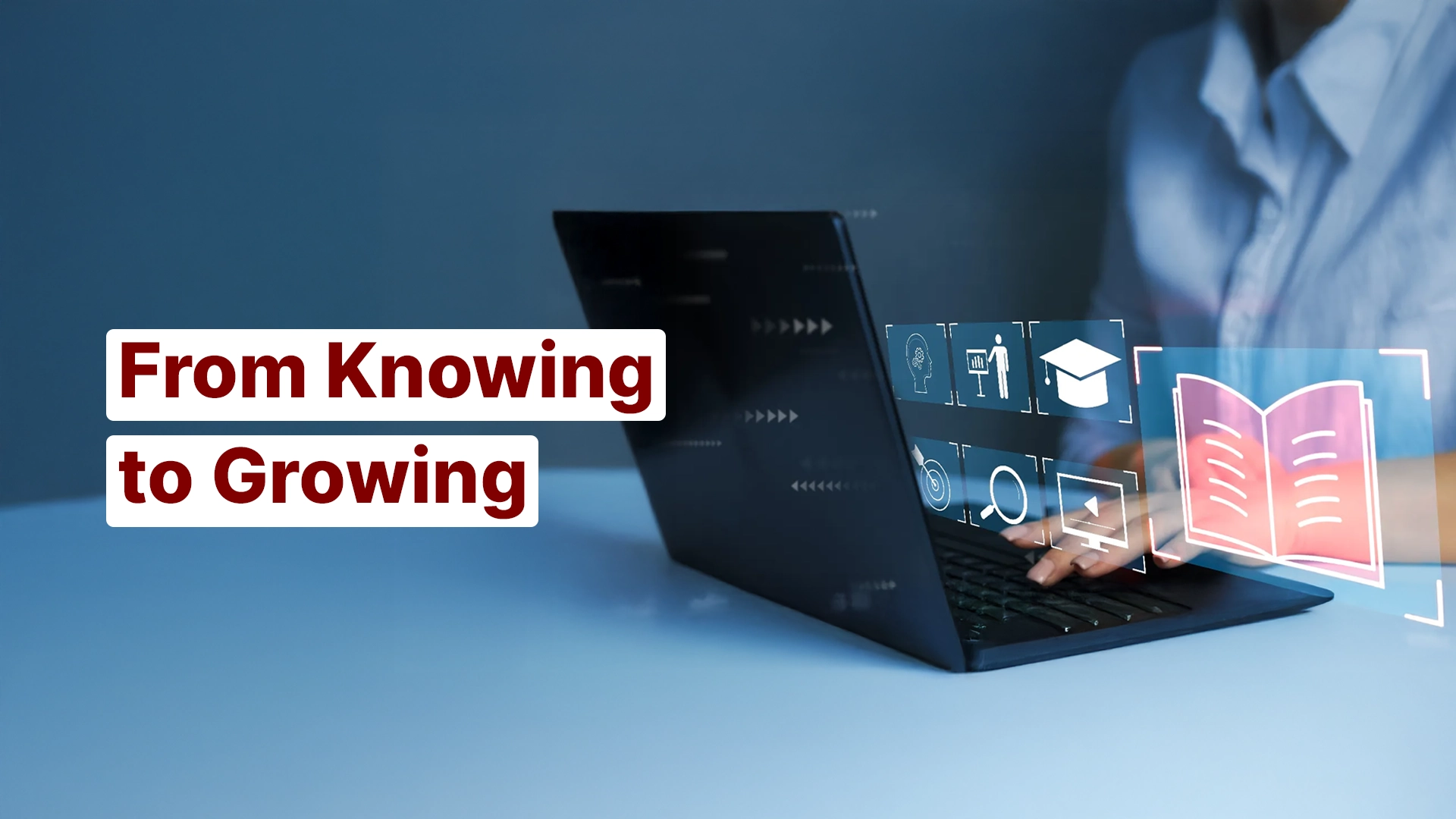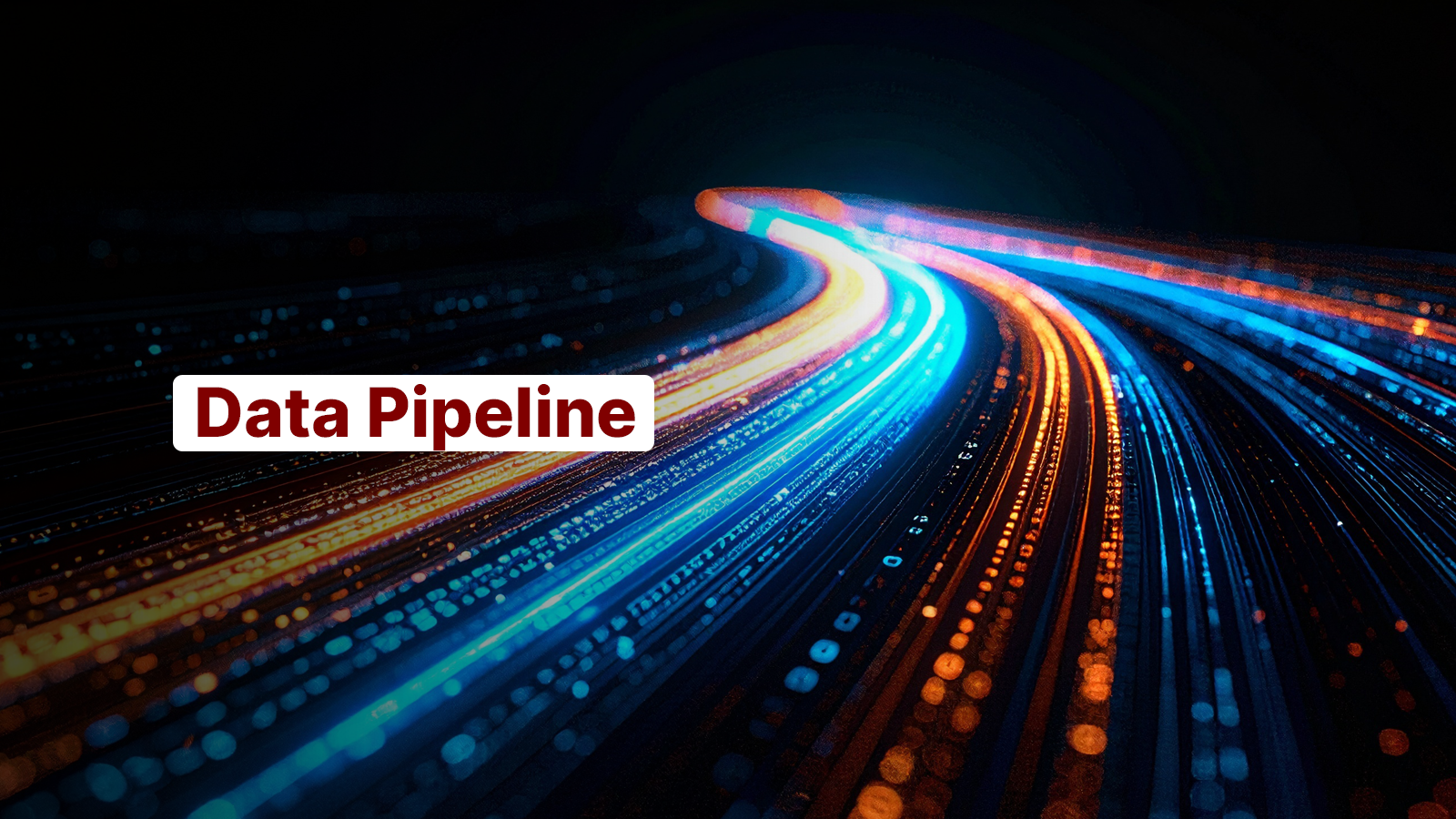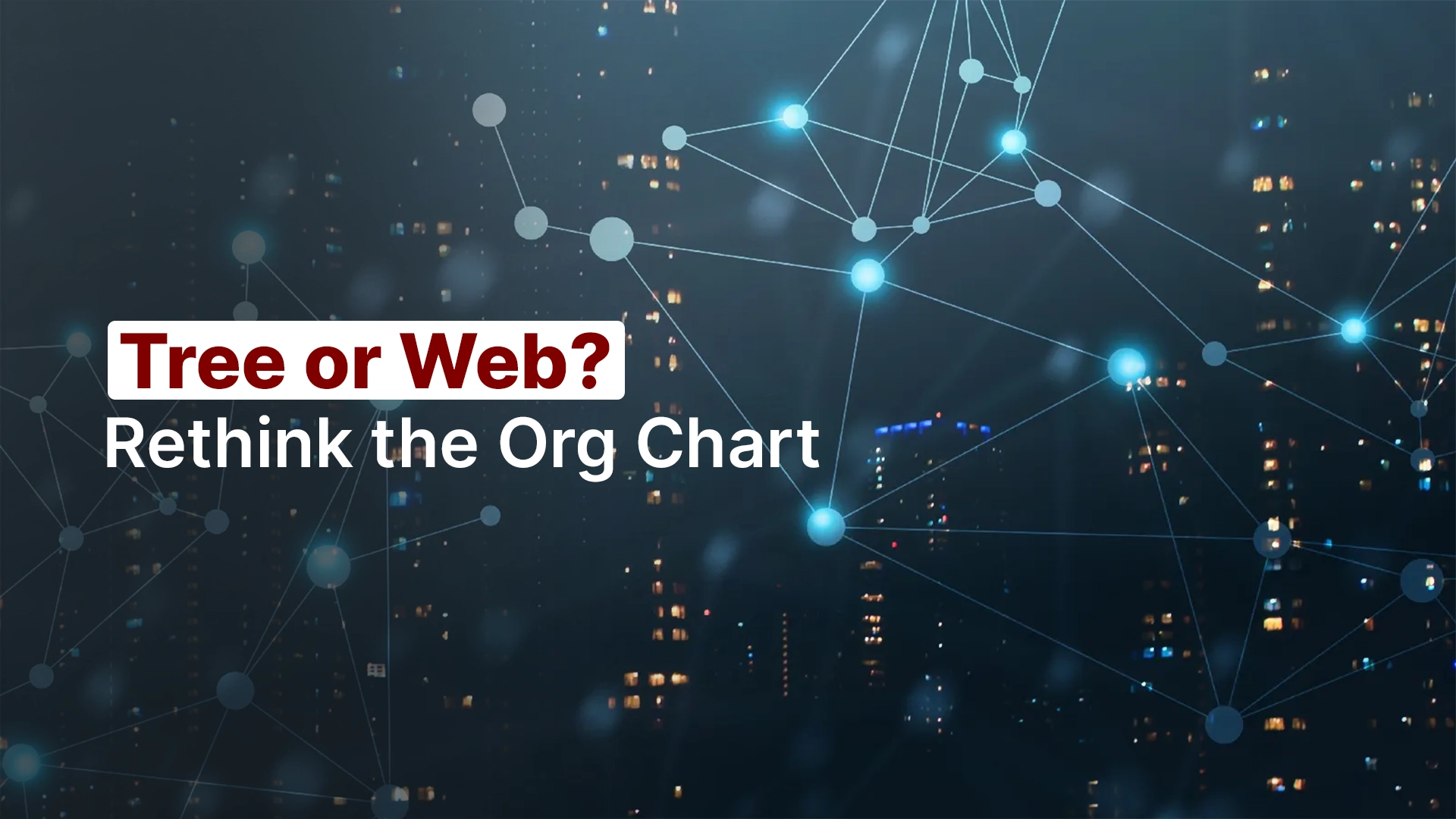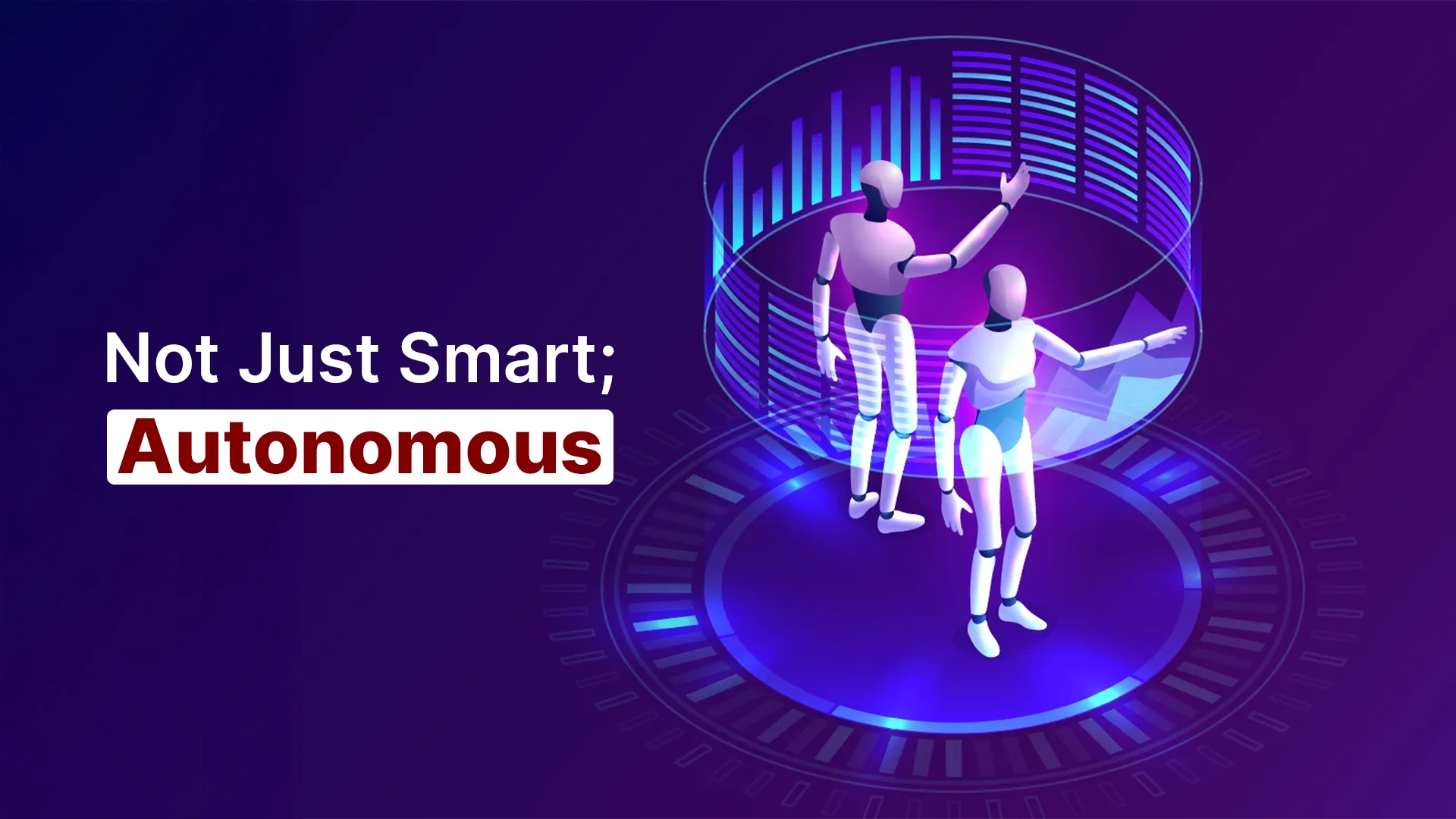Journey from Knowing to Learning
- Read Time: 2 Min

In a fiercely competitive global market, the traditional reservoirs of static knowledge rapidly evaporate, nudging enterprises towards a more fluid, learning-centric paradigm. The ancient adage ‘knowledge is power’ is gradually but definitively ceding its place to a more dynamic counterpart: ‘the ability to learn is the real power.’ The discourse transcending from knowing to learning isn’t merely philosophical but transitioning into a learning-centric ecosystem that is desirable and imperative for survival and thriving in a world of greater uncertainty.
The chasm between learning and knowing is articulated by two significant differences:
Static vs. Dynamic:
Knowing is a relic of a bygone era, a snapshot or static understanding frozen in time, whereas learning is a dynamic, ongoing process. The nature of learning facilitates a continuous adaptation to the changing tapestry of market demands, technological advancements, and global disruptions.
Certain vs. Curious:
Knowing instills a sense of certainty and completeness, which can foster perilous complacency. In contrast, learning instigates a culture of curiosity and exploration, driving entities to relentlessly pursue improved practices, new solutions, and uncharted avenues of opportunity.
In the cutthroat theatre of modern commerce, the virtue of learning morphs into a formidable competitive advantage. A culture of learning nurtures a fertile ground for innovation and adaptation, thus enabling businesses to respond to market transitions and customer opportunities swiftly. Learning allows businesses to be innovators and not mere spectators. Moreover, it cultivates an environment of enlightened, adaptable, and collaborative individuals whose collective prowess can morph challenges into a spectrum of opportunities.
Today’s business frontier is no longer kind to the stasis of knowing but rather rewards the learners. The transient nature of competitive advantage underpins the urgent need for organizations to foster a relentless learning culture, thus ensuring survival and a prosperous evolution for businesses.
The future of business doesn’t belong to the knowers but to the learners. Learning is the lifeline for businesses amidst the relentless torrents of change, rendering the transition from knowing to learning not merely a strategic shift but a categorical imperative for modern enterprises.



